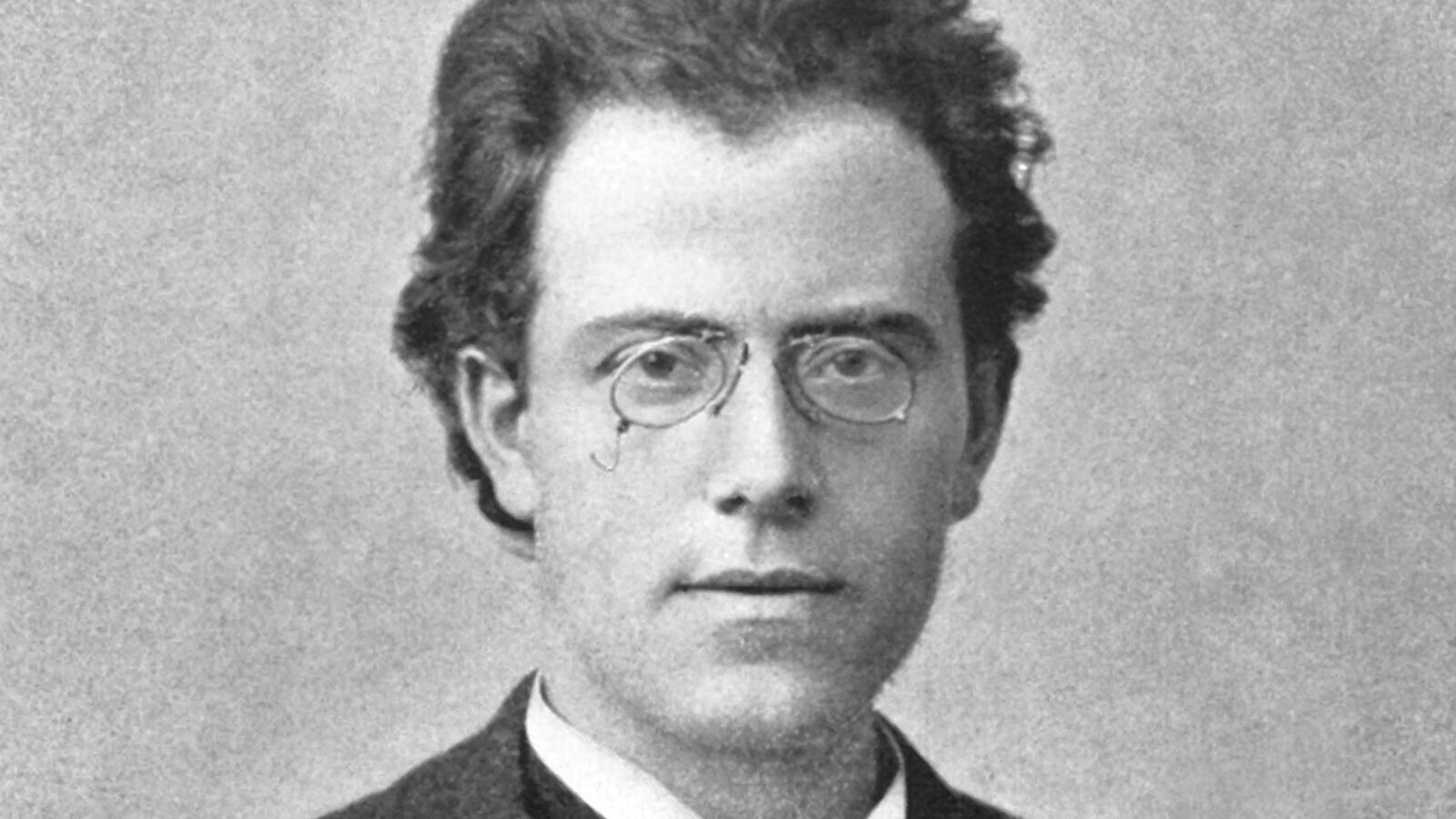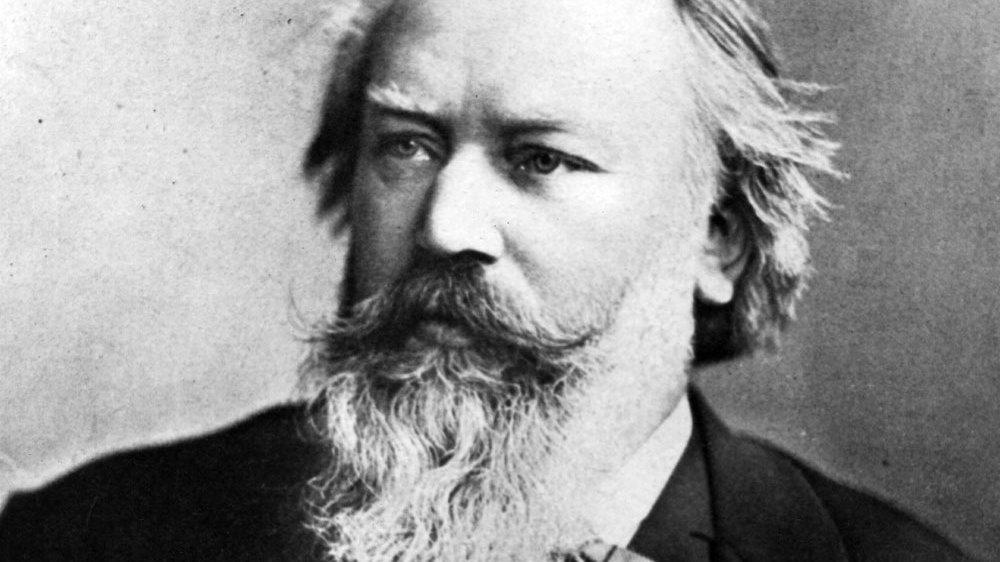Mendelssohn’s Violin Concerto: “The Heart’s Jewel”
In 1906, on the occasion of his 75th birthday, the great Hungarian violinist Joseph Joachim offered an assessment of what remain four major pillars of the solo violin repertoire: The Germans have four violin concertos. The greatest, most uncompromising is Beethoven’s. The one by Brahms vies with it in seriousness. The richest, the most seductive, was written by Max Bruch. But the most inward, the heart’s jewel, is Mendelssohn’s. Indeed, Felix Mendelssohn’s …







